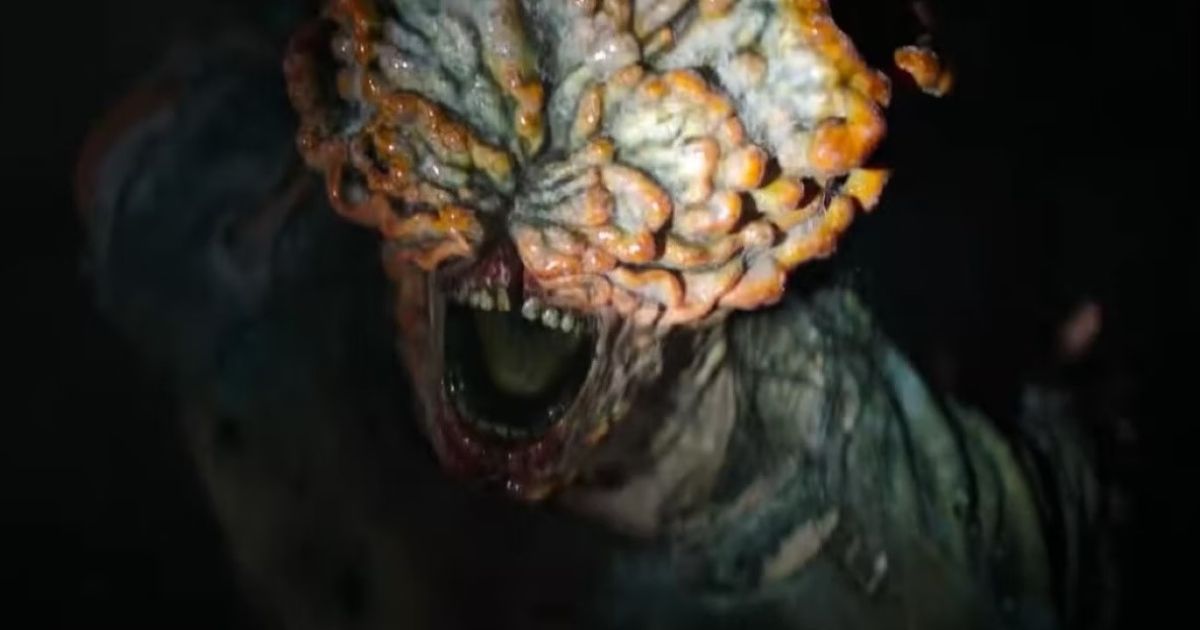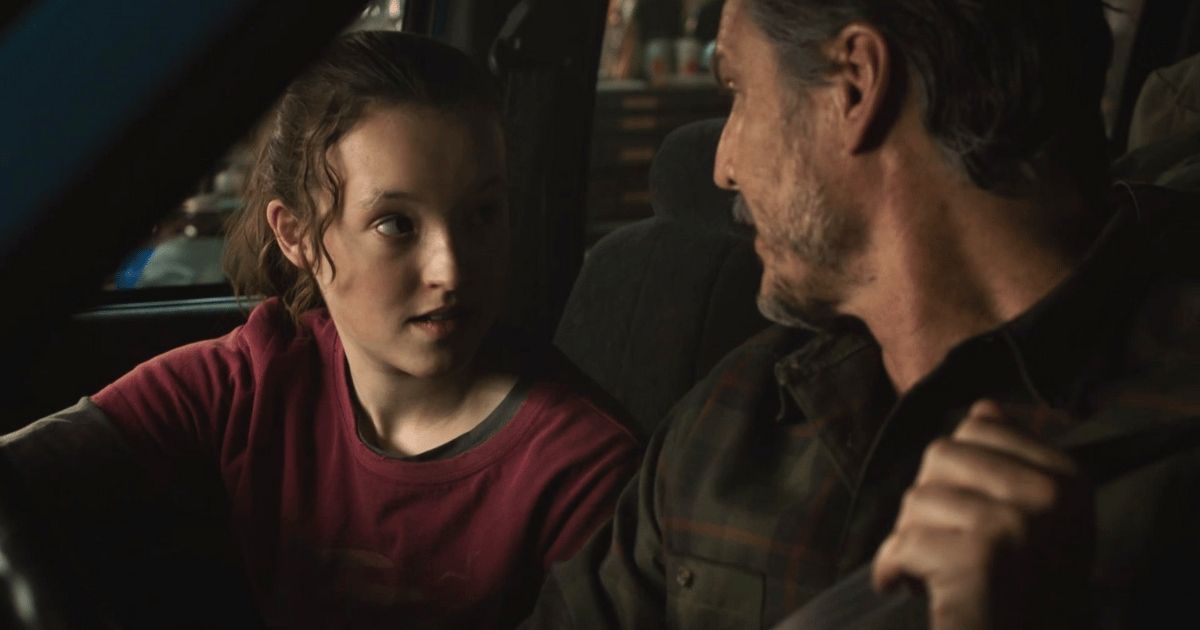The season 1 finale of the critically acclaimed, HBO series The Last of Us aired Sunday, leaving much anticipation for the sophomore season. Vociferous fans have eagerly followed the emotionally charged, post-apocalyptic drama, which features Pedro Pascal and Bella Ramsey at the helm of the burgeoning television adaptation. The series has received high praise from both audiences and critics for its dedication to the source material, which sometimes featured frame-by-frame shots taken directly from gameplay. The series’ tail end provided an in-depth look into the many looming human threats, from FEDRA to raiders and cannibalistic survivors. However, longtime game-players wanted more screen-time for the Infected, the menacing monsters integral to The Last of Us universe.
Season 1’s first half did an excellent job setting the stage for the post-apocalyptic world two decades after a fungal infection created zombie-like humans. These mind-controlled humans became known as the Infected, and audiences got to see a few instances where Ellie and Joel battled the formidable threats at their various infected stages. The most memorable came from episode 5, which featured a legion of Infected that spewed from an underground opening and previewed the Bloater, the rarest and most dangerous infected stage. In an exclusive with The Wrap, co-showrunners Craig Mazin and Neil Druckmann addressed the lack of Infected towards the season’s end and mentioned their plans for their future integration in the series adaptation.
Mazin initially began by mentioning that a lot of the gameplay focuses on the NPCs (raiders, FEDRA, Infected), whether that meant fighting, killing, or avoiding the threats within the game. When adapting The Last of Us, the duo had to best decide how to translate the conflict — which features “triple-digit kill counts” throughout the gameplay’s duration — into a suitable format for television. According to Mazin, big-picture thinking was in mind during the series’ creation.
“We did at times have choices to make about how we wanted to present the Infected [on the show]. Even though we were greenlit for a season of television, Neil and I felt like we can’t just make a season of television without considering what would come after. There is more of ‘The Last of Us’ to come, and I think the balance is not always just about within an episode or even episode to episode but season to season. It’s quite possible that there will be a lot more infected later. And perhaps different kinds.”
Less Screen Time for the Infected Gave Way to More Time to Develop Interpersonal Relationships
There is always a delicate balance that creators must find when adapting projects from its source material. Throughout the years, video game adaptations have received brutal criticisms for deviations that occurred in their cinematic renditions, which has left an almost unbeatable curse looming over the untapped genus. However, The Last of Us proves that the marred, video game adaptation genre has the capacity for mainstream success and popularity. Much of the triumph comes from Craig Mazin and Neil Druckmann’s commitment to The Last of Us source material. However, it can also be attributed to their focus on the series’ development of the game’s interpersonal relationships, especially when it came to Joel and Ellie. In their interview with The Wrap, the duo explained why season 1 heavily concentrated on relationships and less on the gameplay action surrounding the Infected.
“Within the episodes that we were concentrating on, I think ultimately we generally stressed the power of relationships and trying to find significance within moments of action,” Mazin stated. “So there may be less action than some people wanted. Because we couldn’t necessarily find significance for quite a bit of it. Or a concern that it would be repetitive. After all, you’re not playing it; you’re watching it. And although a lot of people do like to watch gameplay, it needs to be — I think — a little bit more focused and purposeful when we’re putting it on TV.”
Druckmann — who additionally serves as The Last of Us game co-creator — chimed in, agreeing with his fellow co-showrunner. “Yeah, just to echo what Craig is saying, which is like, we took a very high-level approach and looked at just the action across the board. And every piece of action, if you look at the show, has to move the character in some way. If it doesn’t move character, and if it was only there for spectacle, then it was an easy cut for us.”


